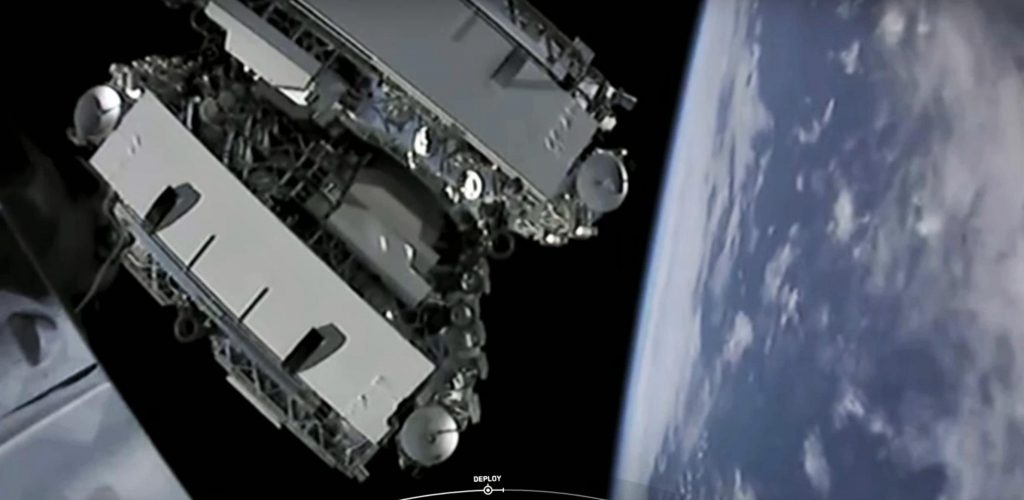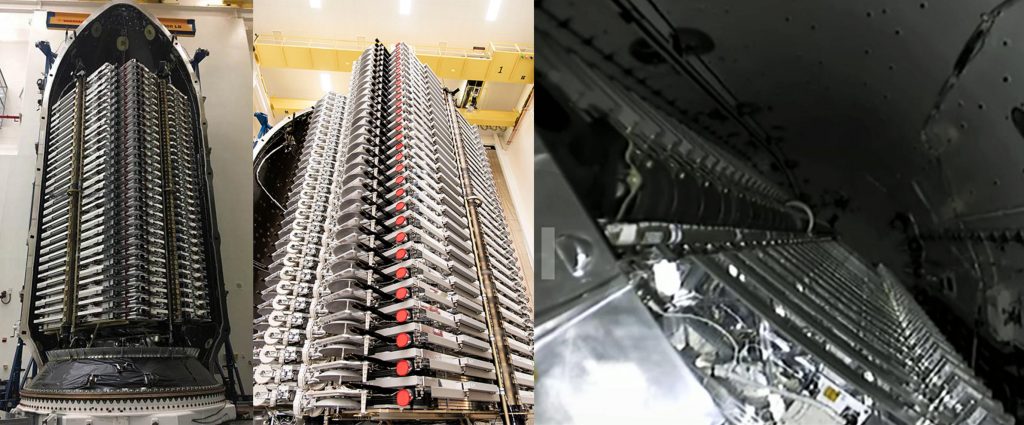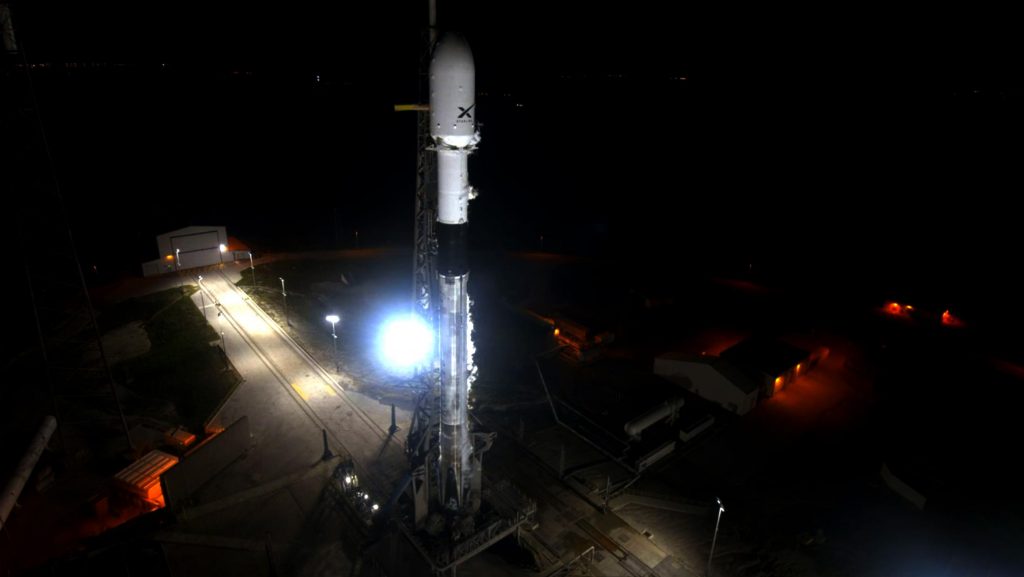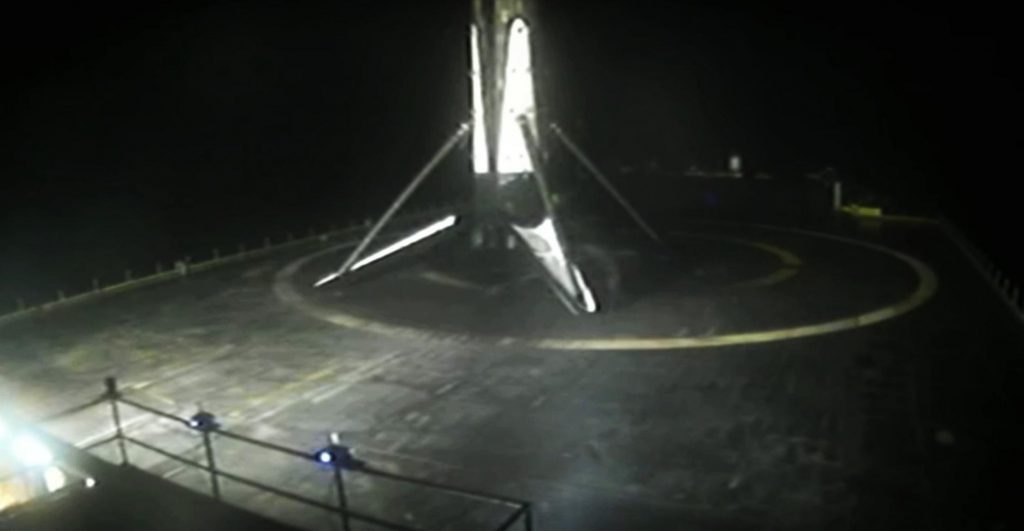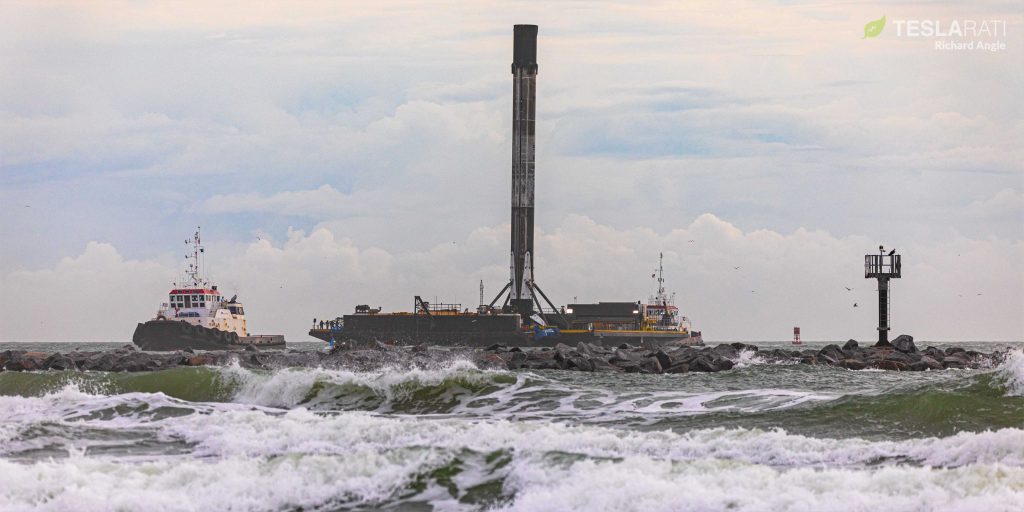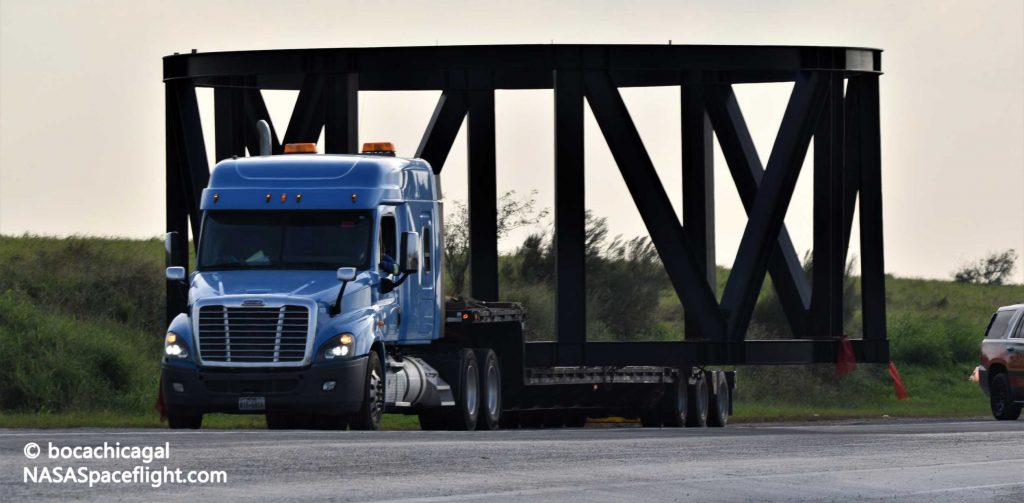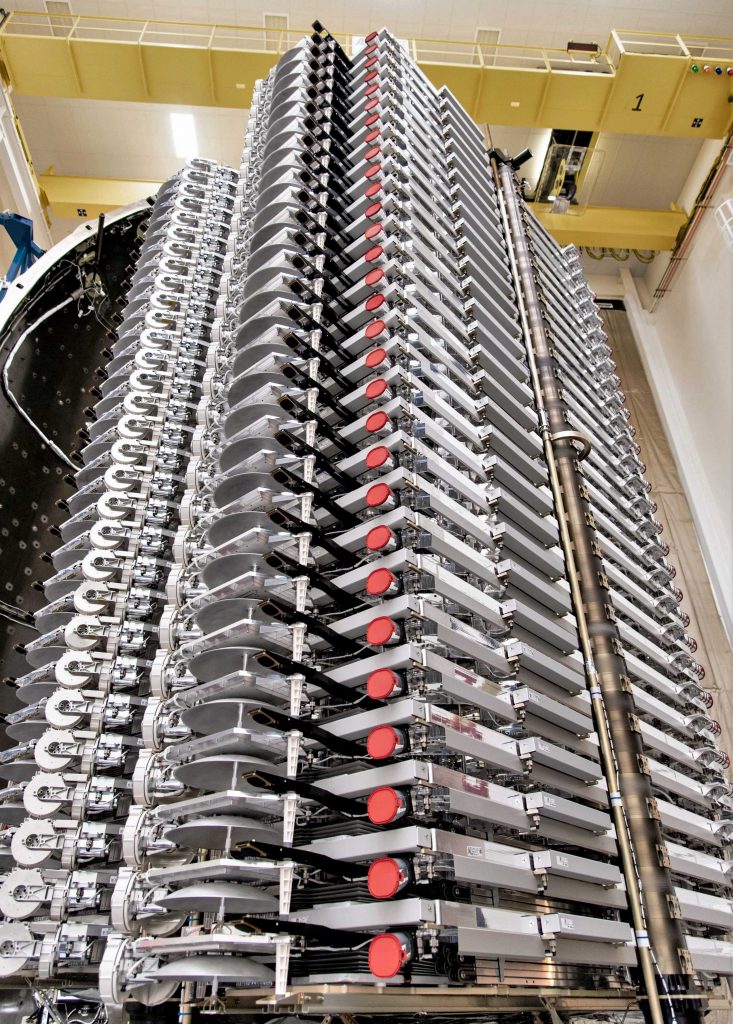True to Elon Musk’s expectations on Twitter last month, it appears that Tesla is now looking to ramp Hardware 3 retrofits for owners who purchased the Full Self-Driving suite and whose cars are equipped with HW2 or HW2.5. A recent account involving a Tesla owner-enthusiast’s experience with her Model 3’s HW3 upgrade shows that there are still some areas in the retrofit process that can be improved.
Tesla Model 3 owner-enthusiast TeslaJoy was looking to do a video on the company’s recent voice command update when she noticed that the feature on her vehicle was not working properly. This prompted her to make an appointment with Tesla to get her car checked in and fixed. During the troubleshooting process, she inquired if a possible HW3 retrofit could be done to her vehicle as well. Fortunately, a HW3 unit was available for her Model 3, and so, a rather eventful upgrade process began.
Tesla Service Centers currently receive batches of HW3 units from the electric car maker, and each unit is assigned to a specific VIN. This is the reason why for now, at least, owners are not advised to call Tesla to schedule a HW3 retrofit. Fortunately for Joy, the Tesla Service Center opted to perform the HW3 upgrade at the same time as her appointment, since she would need to bring her Model 3 back for a retrofit anyway.
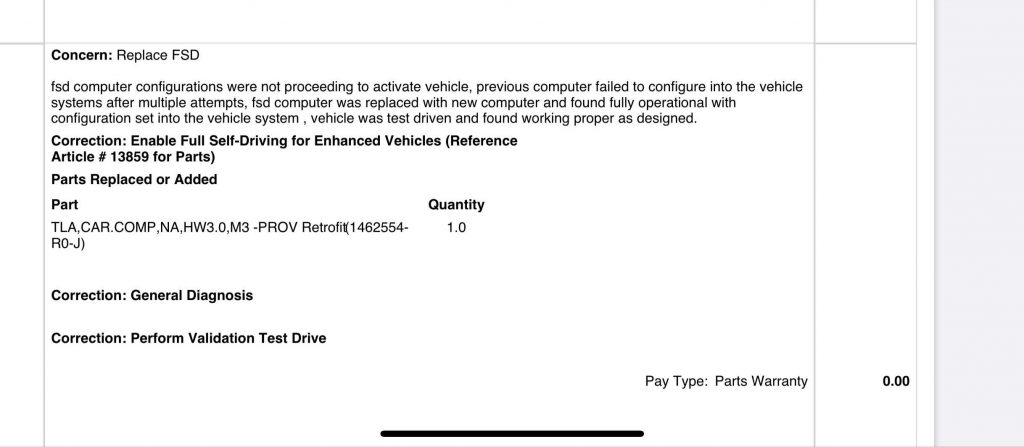
Since the retrofit was estimated to take around 5 hours, Tesla asked the Model 3 owner to leave her car for the day and claim it the next business day. That was December 31, which meant that the vehicle should be ready the day after New Year’s. As it would turn out, the Service Center would end up encountering difficulties installing the necessary firmware on Joy’s Model 3. This resulted in delays, which culminated in the vehicle’s HW3 retrofit being completed on January 5, 2020, over five days after the Model 3 owner turned in her car.
Hardware 3 retrofits are available for owners who have purchased Tesla’s Full Self-Driving suite, and whose cars are still equipped with the company’s HW2 and HW2.5 units. With Hardware 3 installed, owners will be able to utilize the full suite of FSD capabilities that the company is rolling out today. One of these is the FSD preview that Tesla rolled out for the holidays, as well as features like traffic cone recognition.
True to Elon Musk’s words on Twitter, the HW3 retrofit is free for owners who have purchased the company’s FSD suite. Joy, for her part, was able to get FSD last March at a discounted price of $2,000 on top of her Enhanced Autopilot. FSD currently costs $7,000 when it is included in a new vehicle’s order.
Based on Joy’s experience, it appears that owners should expect to wait some time for their vehicles are set to be retrofitted. In the Model 3 owner’s case, her car’s upgrade ended up taking days since the first HW3 kit that was installed did not function properly. This resulted in the vehicle essentially getting retrofitted twice, causing delays. Tesla did give Joy a $500 Uber voucher due to the absence of loaner vehicles, but the whole experience showed notable points for improvement nonetheless.
In a way, TeslaJoy‘s experience with her Model 3’s HW3 retrofit stands in stark contrast with the experiences of Model S owner Sofiaan Fraval, whose car was upgraded by a Service Center during a voluntary HEPA replacement. In Fraval’s case, his Model S was fully retrofitted within a matter of hours, and it was calibrated in pretty much the same day. A Tesla Model S owner who runs the Electric Dreams YouTube channel also received his vehicle’s HW3 retrofit without any issues, and it was performed by a mobile technician, not a Service Center.
In the Electric Dreams host’s case, the entire HW3 retrofit was conducted from the convenience of his home, with a mobile service tech coming over in the morning, taking an hour and a half for the installation to be completed, and an additional two hours for the necessary firmware to be loaded onto the vehicle. This is in line with Elon Musk’s previous statement on Twitter, where he stated that HW3 retrofits should be possible through Tesla’s mobile service fleet.
Overall, there seems to be a variance with regards to the experience of owners when getting their vehicles retrofitted with Tesla’s FSD computer. Some owners seem to be experiencing a seamless, painless process, while some, like Joy, end up having to test their patience. Hopefully, as Tesla ramps its HW3 retrofits this quarter, the company could work in optimizing its upgrade process, so there are more experiences like the Electric Dreams host’s, and less like TeslaJoy‘s.
Watch TeslaJoy‘s HW3 experience in the video below.

(adsbygoogle = window.adsbygoogle || []).push({});
<!–
–>
var disqus_shortname = «teslarati»;
var disqus_title = «Tesla Model 3 gets Full Self-Driving HW3 upgrade: Full details with lessons learnedi»;
var disqus_url = «https://www.teslarati.com/tesla-full-self-driving-hw3-upgrade-full-details-lessons-learned/»;
var disqus_identifier = «teslarati-125815»;

